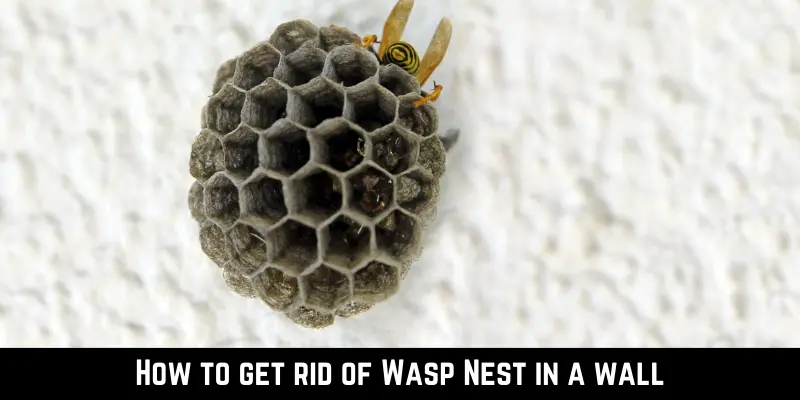Imagine sitting around with your family having lunch. And next thing you know, there are buzzing bees all around you. After a search, you find a wasp nest in the wall. So, how to get rid of wasp nest in a wall?
The first step is to find the exact location of the wasp nest. Seal the entrance and exit points on the wall. Apply pesticides on the nest and leave it for a day. The next day, dislodge and discard the nest.
The nests inside the walls are difficult to reach. Read on and learn to remove the annoying pest from your wall.
Signs You Have Wasps Nest In A Wall
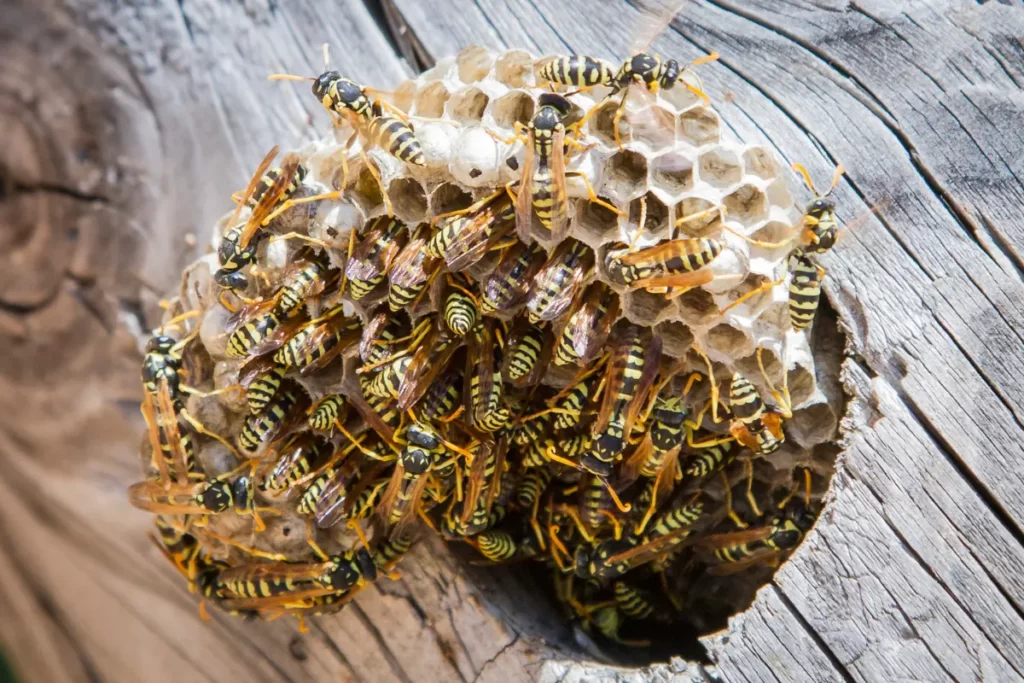
Insects and bees flying around and landing on your meals is simply a sign of summer. Something you become used to as the summer months go by. Whether you plan to push away the wasps or you remain perfectly motionless in the expectation that they will leave you alone.
Wasps often find their way inside your home through a crack or services in infrastructure. There are telltale symptoms that wasps have taken residence in your home, and it might be worse than you can imagine. So, without further delay, let’s get into detail.
Indicator#1: Wasps Constantly Coming In And Out Of The Wall
Wasps make nests in the most unusual places you can imagine. Their activity increases around July. But the nest must have been there for at least three months, probably since April. It isn’t large enough to be noticed until then.
In April, when queen wasps come out of hibernation, their numbers increase exponentially. Believe me, after closely watching their activity, you will notice them coming in and out of a specific hole in any place.
Unlike insects, wasps usually use the same patterns for entrance and exit. If you spot one or two in your room all day, it is a sign of the wasp nest in the surroundings. So, after you have checked all routes, like vents and windows, and if they are clear, check your walls.
Indicator#2: Cracking And Scratching Coming From The Wall
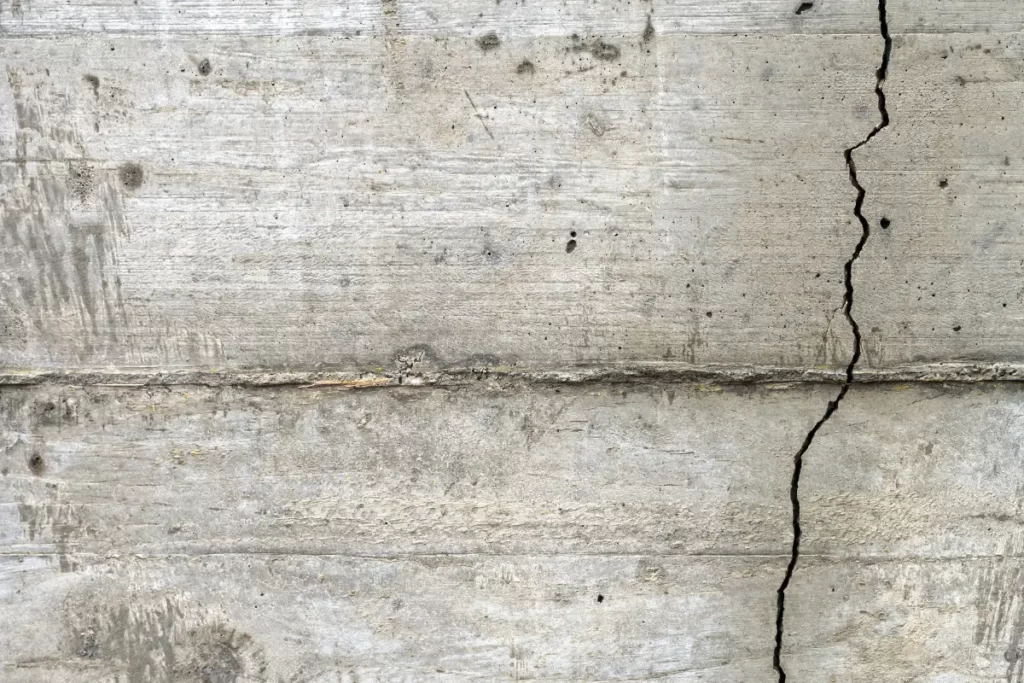
This one might be a little weird. If you hear cracking and scratching noises coming from a specific area of a room, you may have a pest infestation in there. Most probably, a wasp nest.
You might mistake this sound for water leakage or dripping. But it is the sound of wasps making their nest. If you hear the noise, look outside to detect the location of the wasp’s entrance and exit.
When you notice a brown mark on the inside of the wall, this could indicate that wasps are attempting to expand their nest even further. Something I hope you absolutely don’t desire. It will cause significant damage to your walls.
Indicator#3: Seeing A Wasp In A Room With No Windows
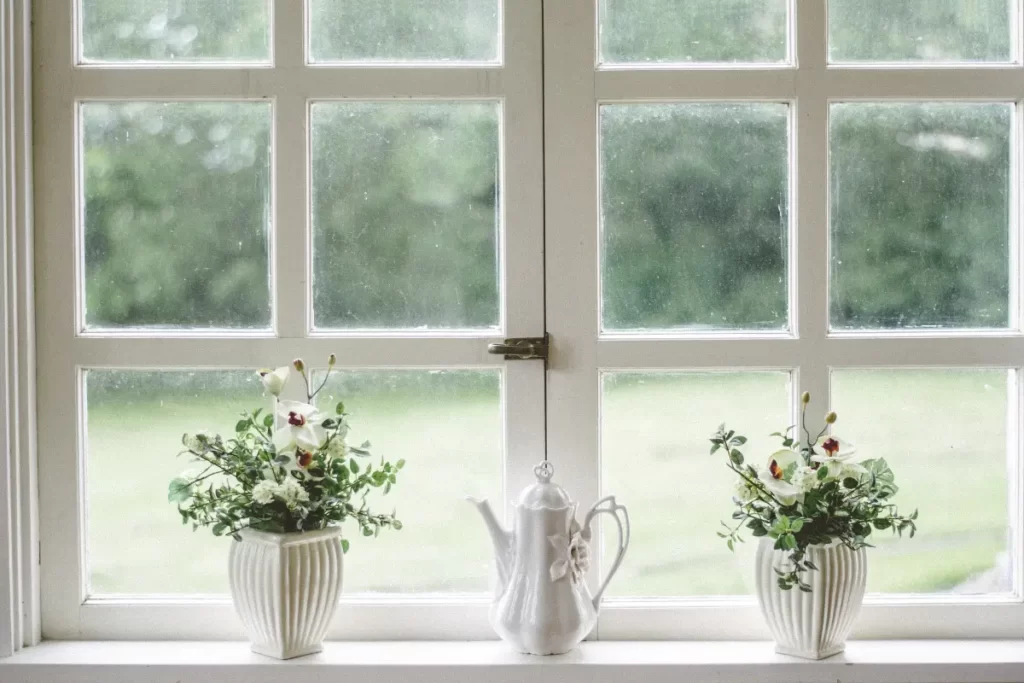
If you ever find a dead or barely alive wasp in a room with closed windows or no windows and there is no explanation for how they got there, it is a high possibility that you have a wasp nest. It can happen anywhere in the house.
The most common place is the bathroom, where edges and gaps are frequent. Also, in the loft, where wasps can make their way below through holes of light. Seeing wasps confirms their presence around you.
So, take a torch light and look through all the small gaps and holes in the walls. The size of the nest depends on the season. Generally, if they survive through June, they can make it all year.
Indicator#4: Chewed Wood
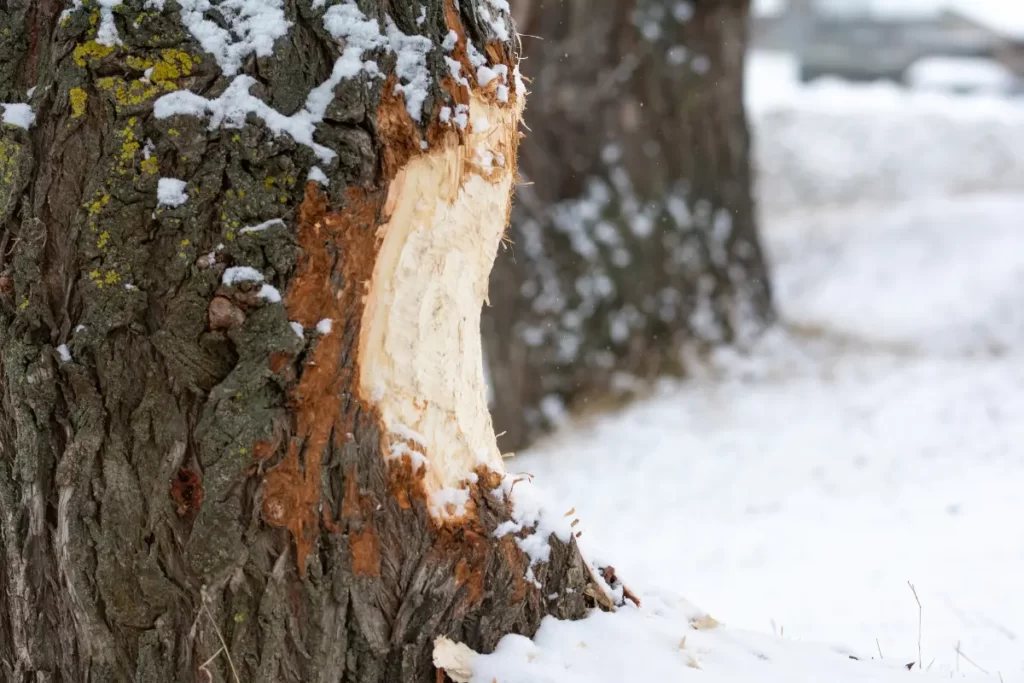
While many believe chewing marks on wood are a sign of termites, mice, or other pests, it could also be by wasps. Many species of wasps chew on wood to make fiber for nest-building and Paper wasps.
This procedure results in the formation of holes and cavities on the outer wood surfaces. Wasps also eat logs, trees, wooden sticks, and even fences. The percentage of damage to wood is proportional to the size of the nest.
So, if you notice cracks and scratches on wooden furniture, especially wooden ceilings, search for the wasp nest. Furthermore, they will continue to chip away the wood until you get rid of the nest for good and all.
How Wasps Find A Way Inside Wall
Unfortunately, wasps are no joke. So, I highly doubt you want them hanging around your house, especially in rooms. If you spot wasps dead or alive in your room, you better check windows, vents, and even walls.
Generally, wasps get in through cracks, crevices, or openings in the house infrastructure. When wasps find their way in, they will claim any nesting place, even ceilings and walls.
Therefore, effectively sealing all the cracks and openings that may lead into a home is critical to keep wasps out. Below are a few ways through which wasps can find their way inside your house walls.
Open Doors Or Windows
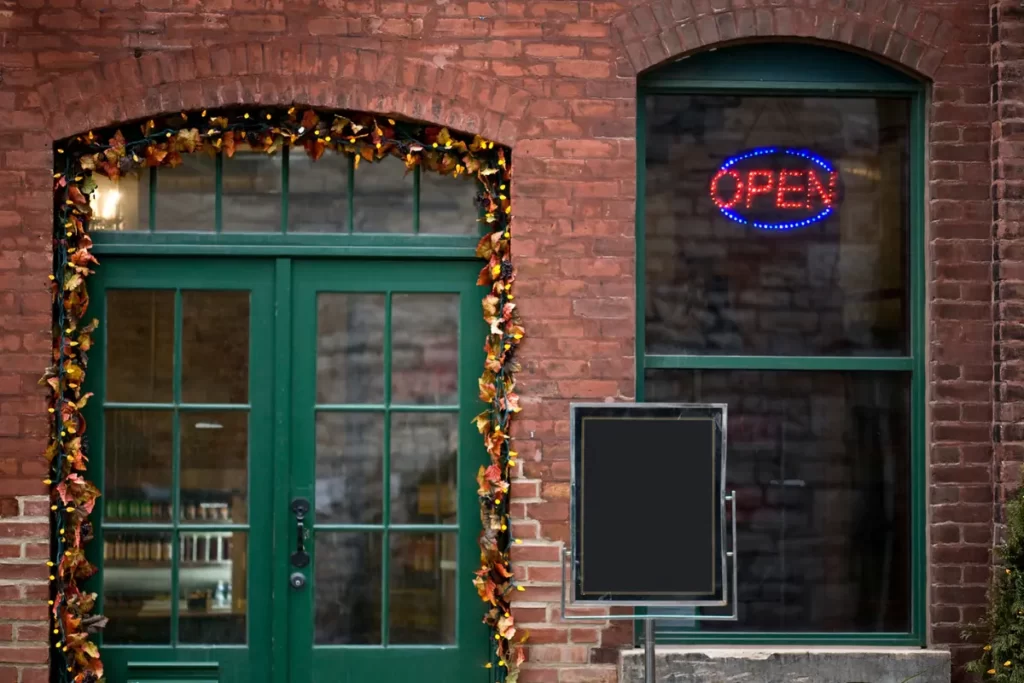
The most common way wasps can get inside your walls is through open doors and windows. On a pleasant summer day, while searching for a place to settle, a wasp might find its way inside your home.
A crack or a hole in the wall is a perfect way to sneak inside and grow its colony. It keeps them close to food and water. And also hidden from predators. As wasps are most active during summer, it’s better to avoid keeping windows open. You can install the net frames on your windows for cool air to pass.
It will keep bugs and insects out. Also, watch out for any bee that might find its way inside. Not all bees are harmless. Some might be wasps that can invade your home.
Bathroom Exhaust
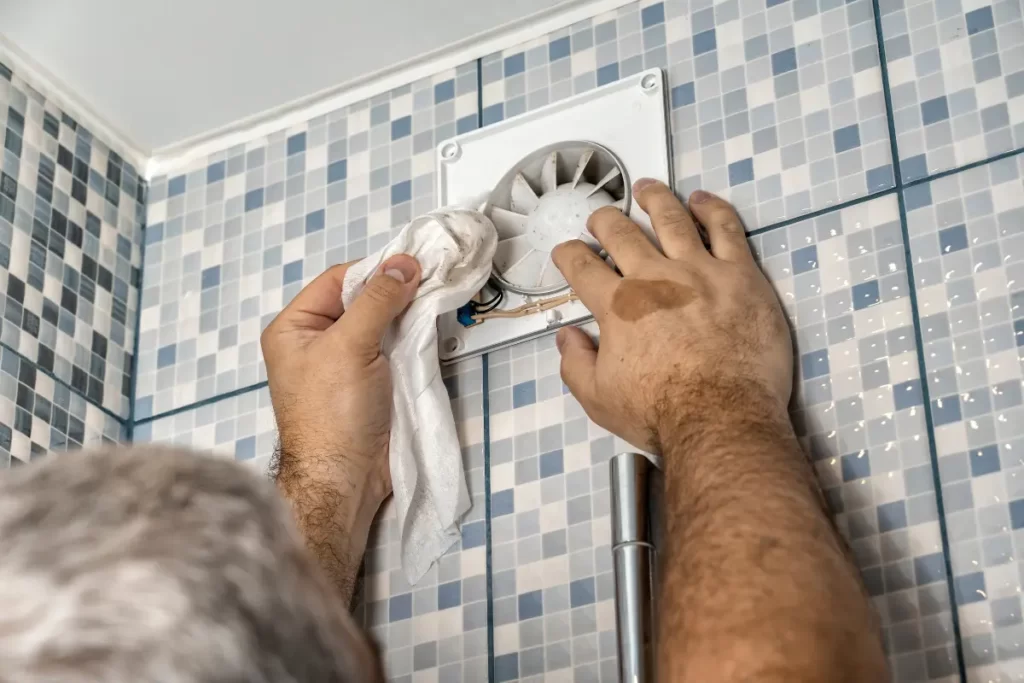
The exhaust in the bathroom and laundry rooms opens outside. Therefore, any openings in house structures are an open invitation for wasps. If you spot buzzing bees around the bathroom walls, the most likely entrance point is an exhaust vent. If you don’t find a nest inside, check the nearby wall.
Once wasps find safe and secure places, they can make nests anywhere. During the day, carefully watch their activity and try to figure out the exact location they are flying in and out from. Approach that area and search for a nest in there.
Avoid using a bright light. And look for signs like buzzing sounds or even a dark brown mark on the wall. Avoid being loud and aggressive when approaching the wasp’s nest. The response might be worse than you can imagine.
Chimneys
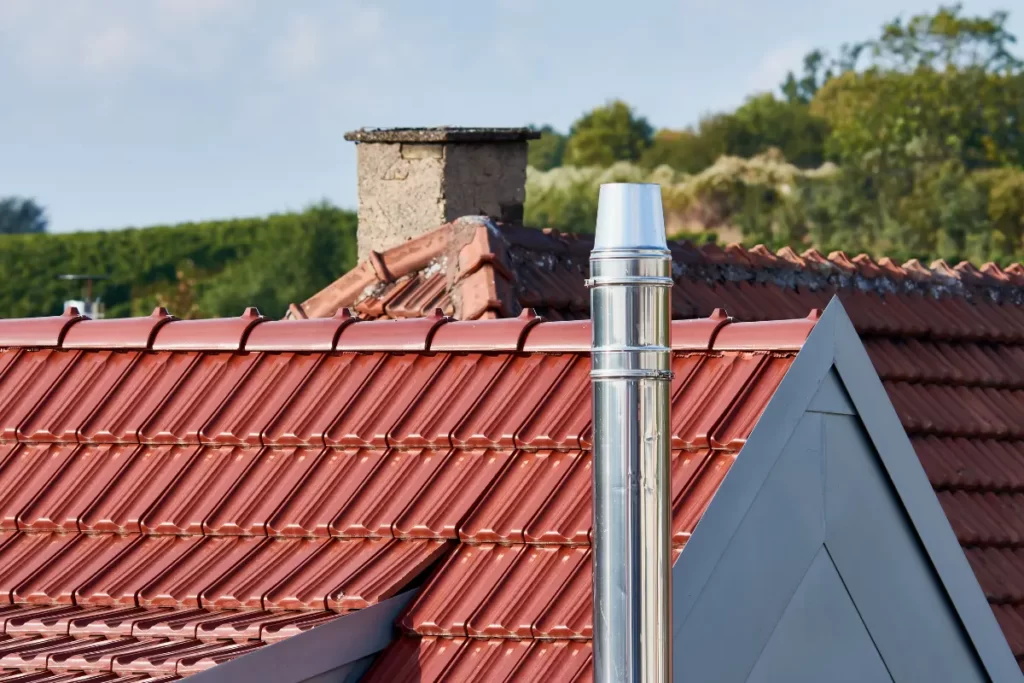
Chimneys are built-in house structures, an easy way for wasps to get inside the walls. When you forget to close the chimney flue after using it, you invite wasps into your home. Even if you close the chimney flue, check it is entirely closed to avoid gaps. Wasps can enter through the smallest of openings.
Furthermore, old chimneys may have cracks or holes that allow wasps to find their way inside the walls. Even the slightest gap is big enough for wasps to find their way in. A chimney is an open invitation for wasps to come in and settle.
The problem worsens if it finds its way inside house walls and decides to build a nest. Unfortunately, you probably will not even notice it until it turns into a large colony.
Attics

In winter, wasps love to congregate in attics. The dark, gloomy corner in your house is rarely used and provides a haven for wasps. When you have wasps in your attic, you might notice them entering through the light fittings.
Moreover, they are as small as just half an inch long and can easily fit anywhere. From the attic, they have unrestricted access to the infrastructure of your house. Paper wasps are known for nesting in attics.
They are so small that you might not even spot them at first. When wasps find an entry point, they can come and leave as they want. They will crawl into almost any void in walls and will slowly build a nest that can turn into a colony.
Ways Prevent Wasps From Getting Inside Your Wall In The First Place.
Wasps are terrifying and hazardous pests, especially when one of your family members is allergic to them. Although it is essential how you can remove wasp nests, it’s more important to prevent wasp infestation in the first place.
Infestation on walls is quite unusual, but the prevention methods are almost similar for keeping wasps at bay in any other place in your home. Below are a few ways that will help ensure that wasps keep their distance.
Seal Any Openings
Examine the exterior of your home and look closely for holes, cracks, and gaps in walls, windows, or vents. Also, check for damaged screens and glass panels. Don’t assume any crevices or cracks are too small for the wasp to sneak inside your house infrastructure.
Repair all the potential access points by replacing the broken parts or seal walls with wood putty, silicone caulk, cement, weatherstripping, or any other material. Also, don’t forget to cover vents, chimneys, and exhaust with mesh screens.
It is necessary to seal every other possible place or thing where wasps might sneak in, like sheds, attics, and planters.
Cover All Waste Bins
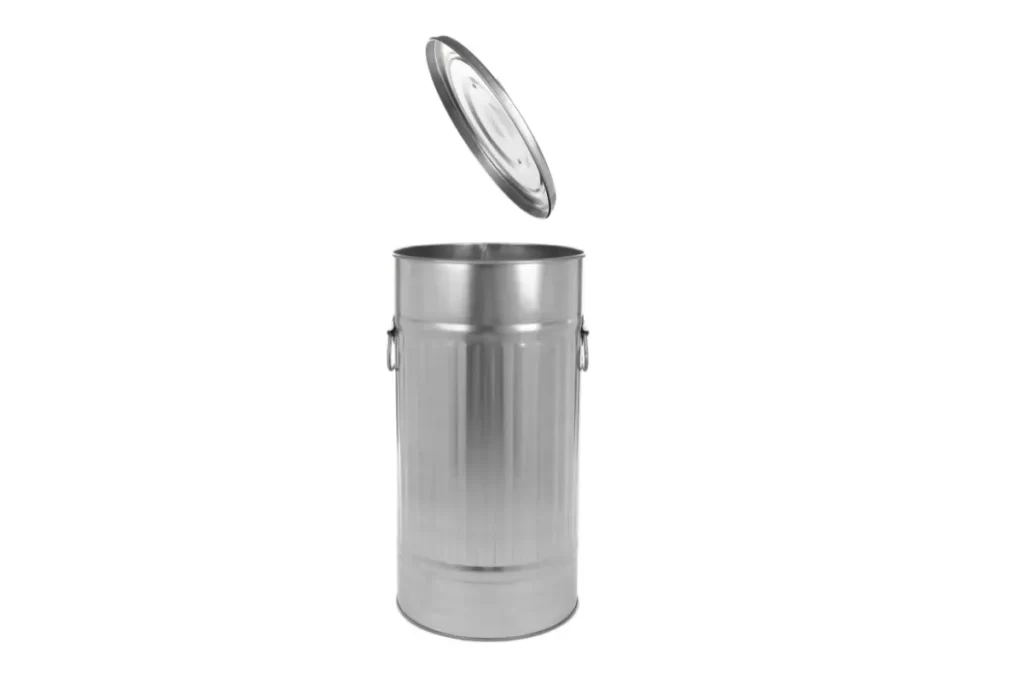
Ensure that all trash cans outside your home are completely covered. Wasps are attracted to the leftover food and junk in your house. They will probably hang out in the waste bin and can find a way inside your home, especially when you forget to take out your trash or postpone cleaning it for weeks.
The simplest way to prevent wasps from invading your waste bins is to double-check that the lids are tightly closed when you throw something in them. Replace the waste bin immediately if it has any cracks, holes, or loose caps.
Clean the waste bin regularly. Throw away the rubbish on time and give it a good wash after every two days. If insects and bees keep swarming around, it changes the location.
Clean Food Right Away
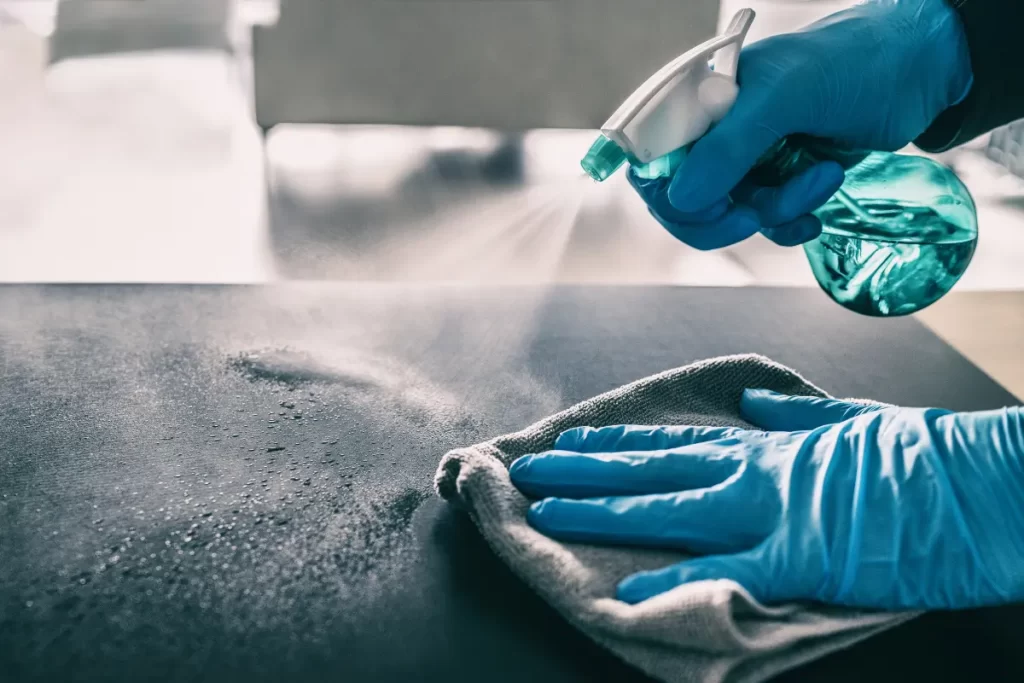
Clean all food and drinks immediately after eating, especially when you have a party, backyard picnic, BBQ, or dinner outside on the patio. Pack or throw away all the uneaten food and put the dishes in the sink as soon as possible. Never leave the leftovers out in the open; it means inviting many pests inside your home, not just wasps.
The longer you wait to clean up, the chances of the wasp picking up the food aroma increase. If you have to put food out for long, cover it with lids or plastic wraps. Use large open-mouth containers for liquid to avoid accidental swallowing of wasps. Wasp hanging around your dinner party might never leave and decide to nest on shed or garden walls.
Dispose Of Over Ripe Fruits

Wasps often find their way inside homes through trees. Tall trees close to your house can cause many pests to move in. The situation will worsen if it’s a fruit or flower tree. Therefore, remove overripe fruits from trees quickly.
Wasps feed on nectar, and when fruits like apples and berries are past their ripeness, they become the wasp’s favorite. As soon as you spot overripe fruits on your trees, grab a plastic bag, pluck them out, and discard them in a sealed wastebasket. If using a compost bin, place overripe fruit beneath less appealing stuff so that wasps can’t find their way inside.
Plant Natural Wasp Repellent
Many natural wasp repellents can help deter wasps from your home. It includes herbs like rosemary, clove, thyme, lemon grass, eucalyptus, and sage, which have a strong smell that wasps hate. Plant these herbs in your yard or surround all exterior with them, especially when you have seen wasps around your home.
Flowering plants like geraniums and pennyroyals keep wasps at bay. Not only will all these plants make your house lovely, but they will provide you with fresh produce and will keep the buzzing bees away.
Avoid growing fruit trees near your house, as they attract wasps. Sweet fennel, Yarrow, Marigolds, White clover, and Queen Anne lace attract more wasps than other trees.
Remove All Standing Water
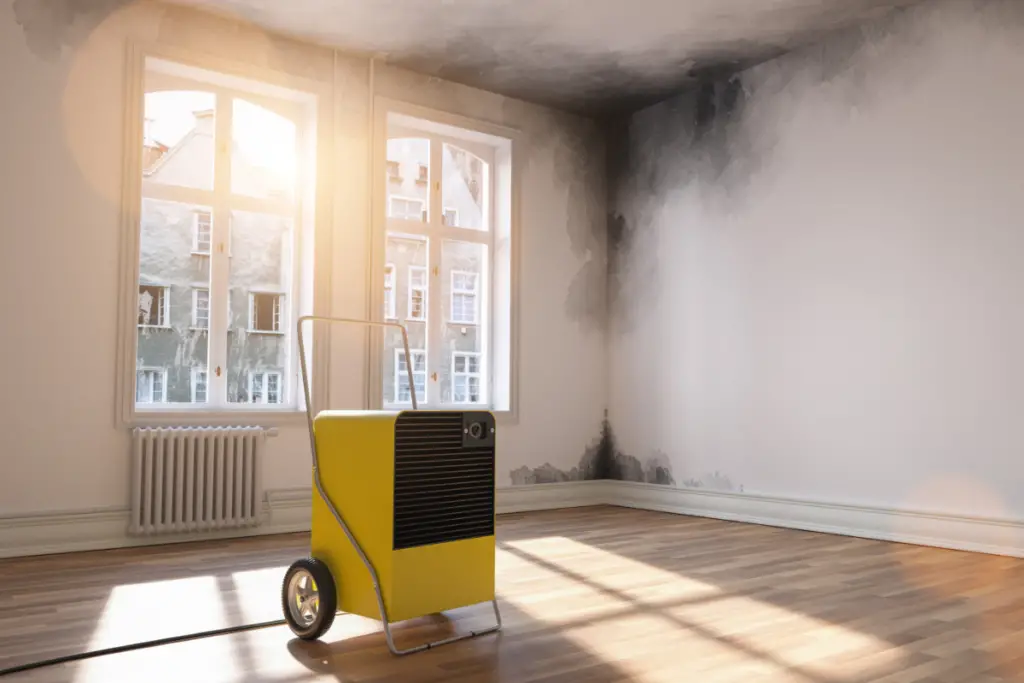
Wasps need water for their survival. Standing water in your home in any form will attract wasps. You might spot a few hovering over the water to collect in their mandibles to consume or take to their nest.
To keep wasps away, cover all the water bodies in your surroundings, including pools. It is better to have a shed over the swimming pools to prevent attracting pests when not in use.
Wasps might even invade birdbaths you set up to allure your favorite birds. Leaking hoses from pressure washers or splinters will also cause wasps to settle in nearby. So, if you spot a leaky faucet or hoses, replace them as soon as possible.
Do Wasps Living In Walls Damage House Infrastructure?
Wasps are more of a threat than just ruining your outdoor family picnic. If you have a wasp nest inside your house, it poses a serious risk to structural integrity. It will cause severe damage to the infrastructure of the building.
Damage is caused by wasps chewing through various materials to build nests or by moisture, which also finds its way into infrastructure via wasps. First, they chew through walls to find an ideal location to build a nest.
Then, they find wood in the structure and scrape it to make a nest. To hold the nest together, wasps need water, and for that, they will bring in water through their mandibles inside the walls. Hence damaging and rooting the entire structure. It will be much worse if your house’s main base is wood.
Tips To Get Rid Of Wasp Nest In Brick Wall
It is challenging to reach the wasp nest and remove it when it’s deep in your wall. Depending on the type of wasp nest you are dealing with, various pesticides and methods are available to remove wasp nests from the brick walls.
When the nest is high above the ground, you are most likely dealing with paper wasps or yellow jackets. Maybe even mud-daubers. I wouldn’t recommend doing it by yourself if the nest has turned into a colony. But, if you are persistent, do it in portions. Below, I have laid down the guide for your help throughout the process.
Timing
Target wasp nests late at night or early in the day. Their activity increases as the sun rises. So, if you plan to attack the nest, do it after sunset. Their reaction time will slow down, and they will be less aggressive.
To see the nest, use a red light, or you can use a torch light and cover it with red cellophane paper. Never shine a bright light directly on the wasp nest. By doing so, you are preparing them for a full-blown attack.
Also, it is better to kill a wasp nest in early spring, when the queen is just out of hibernation. If you plan to wait till summer, one nest can turn into a colony and will be a much larger problem. So, if you kill a queen early, it will disperse the entire nest, or they will die alone.
Safety
If you don’t want to get stung by a wasp, it’s better to wear protective gear whenever you are near a wasp nest. It is an essential part of the process if you are planning to proceed with the removal of a wasp nest.
Therefore, try to cover as much skin as you possibly can. Wear full-sleeved garments, including gloves, long pants, socks, thick shoes, and protective glasses. Don’t forget to cover your face with a mask; if you don’t have a pullover face mask, use a thick woolen scarf. Also, cover the head.
So, no part of your body is showing for wasps to sting. After you remove the nest, I would suggest you throw away the clothes.
Applying Insecticide
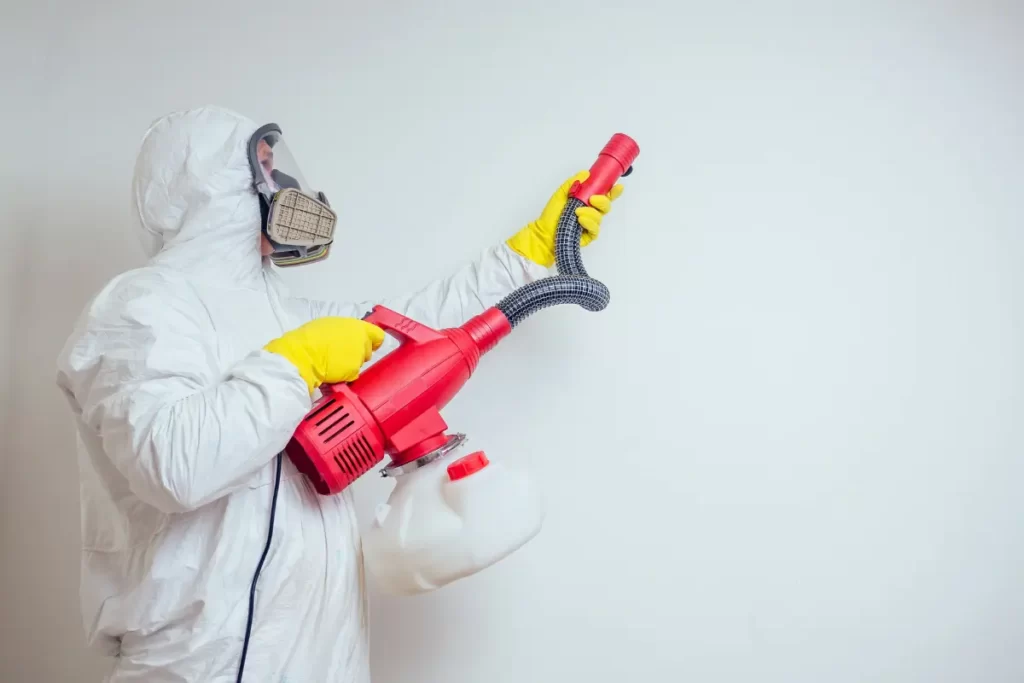
After following safety protocols, clear out the room or the area in which wasps are nesting. Place a ladder a few meters away from the nest. Never place it right next to the nest or below the nest.
Also, ensure that no wasp finds its way inside your house. So, firmly close the doors and windows that open inside your home. Then, you can use wasp-killing insecticide spray, insecticidal dust, or dish soap as a wasp killer.
Spray A Wasp Killing Insecticide
Target the nest with insecticide spray. Ensure you are following all the safety protocols, including layers of clothing. Do this for twenty to thirty seconds or as directed on the can. Then, swiftly leave the area.
Return after 24 hours. During the daytime, to ensure any wasp activity. Wasp killer sprays show effective results in paper wasp nests. If you see any movement after one day, it’s better to repeat the steps. Once all the activity stops, dislodge the nest. Immediately seal it in a plastic trash bag.
Apply Insecticidal Dust
Insecticidal dust penetrates the nest. Use it on the nests that are hidden deep in the walls. They are more effective than insecticidal sprays when the nest is not in front. Purchase an insecticidal dust and a bulb duster from the local hardware shop. Fill the duster or disposable plastic cup with the Dust.
Apply a generous amount of insecticide on the nest and leave the area immediately. Do not obstruct the nest entrance with dust. Wasp moving in and out of the nest will carry the dust within their wings and legs, contaminating the center or the cells of the nest. The wasps should die after a day or two of application.
Check their activity after 48 hours. Reapply the dust, if required.
Use Dish Soap
If you don’t want to use pesticides, an inexpensive combination is surprisingly effective in removing wasps. It coats their wings and legs, preventing them from moving or flying. Mix a liquid hand-washing or dishwashing soap detergent in half a liter of water. Pour the soap solution into a spray bottle.
Then, aim a strong stream directly on the nest for at least fifteen seconds, covering all sides. Leave the area immediately. Although the soap and water solution is effective, you may need to repeat the process several times because the soap-water solution has to come in contact with all the wasps in the nest.
Tips To Get Rid Of Wasp Nest In Roof Eaves
A wasp nest in roof eaves can be an annoyance. Wasps are not only annoying, but their nest can bring more harm to your house infrastructure. Below, I am mentioning a few approaches you can use to effortlessly and effectively get rid of wasp nests from your roof eaves without getting stung.
Step 1: Wait Till It’s Dark.
The best time to tear down a wasp nest is at night. When all the wasps have returned to the nest to rest, this will reduce your chance of getting attacked and enable you extra time to remove the nest while wasps are still in confusion and shock. If you must work during the day, prepare yourself for counter back.
The wasps during the day are busy collecting nectar and will rush back immediately if they detect anything strange. So, make sure you have a wasp spray or a hose on hand.
Step 2: Cover Yourself
It is crucial to cover your entire body from head to toe. Wear a long-sleeved shirt, full-length trousers, gloves and a cap. Make sure all clothes are at least slightly snug. I don’t think you want any wasps to crawl inside your clothes. Consider putting on as many garments as you can. Just ensure that you can move around in it.
Step 3: Use A Red Light
To locate the wasp nest at night, you will need light. Never use a bright white light to spot a wasp nest. Use a red light and keep the light angled away from the nest to avoid agitating the wasp.
If you don’t have a red light, cover the torch with a red filter, as wasps can’t send the red light. Approach the nest cautiously and calmly because sudden movements can set off wasps for attack. It’s critical to remain as calm and in control as possible.
Step 4: Spray A Insecticide On The Nest.
Spray the nest and surrounding area with insecticide. The insecticide is available in various forms. You can either use the dust powder or in spray form, depending on the nest location. If it is deep inside the structure, use dust powder.
When the wasp nest is out in front, insecticide sprays will give effective results. On roof eaves, it is preferable to use a spray. Use only the amount mentioned in the can. On impact, the spray will kill at least a few wasps.
Step 5: Remove The Nest
After all, the wasp dies in the nest, the next step is to dislodge the nest from its place. Make sure you are fully covered for this step as well. Wear thick gloves if you will move the nest with your hands. To ensure that there is no wasp alive, see it for an activity for a day or two. Then, take a long stick or broom and pull it off its hanger.
The easy way is using a high-pressure hose. Aim the hose on the nest and burst it open. However, it is impossible to do it inside the house without flooding the room. Using water will not only destroy the nest but will drown any wasp that is alive in there.
If you are using a broom or stick, keep an insecticide handy. Also, spray it in the surroundings before you proceed.
Step 6: Vacuuming And Discarding Nest.
Once the nest is pulled out, use a vacuum to suck any wasp alive. To prevent any wasp from escaping from the nest, empty the trash bag outside your house. Then, scoop the nest carefully, transfer it into a large trash bag, and close it immediately. Throw away the nest in a bin outside your home with a tightly shut lid.
Conclusion
Nests in the wall might not be frequent, but they do exist. So, if you spot a few wasps hanging around your house, examine your home exterior for any cracks. Wasp nests can be found deep in walls and even roof eaves.
The wasps often find their way inside through holes. And after finding ample food and water, they will settle down. Usually, queen wasps search for a nesting place in early spring and have a full-blown nest in summer.
To remove wasp nests from walls, follow all safety precautions. Then, apply insecticide and leave it for 24 hours. Repeat application if necessary and then dislodge and discard the nest.
